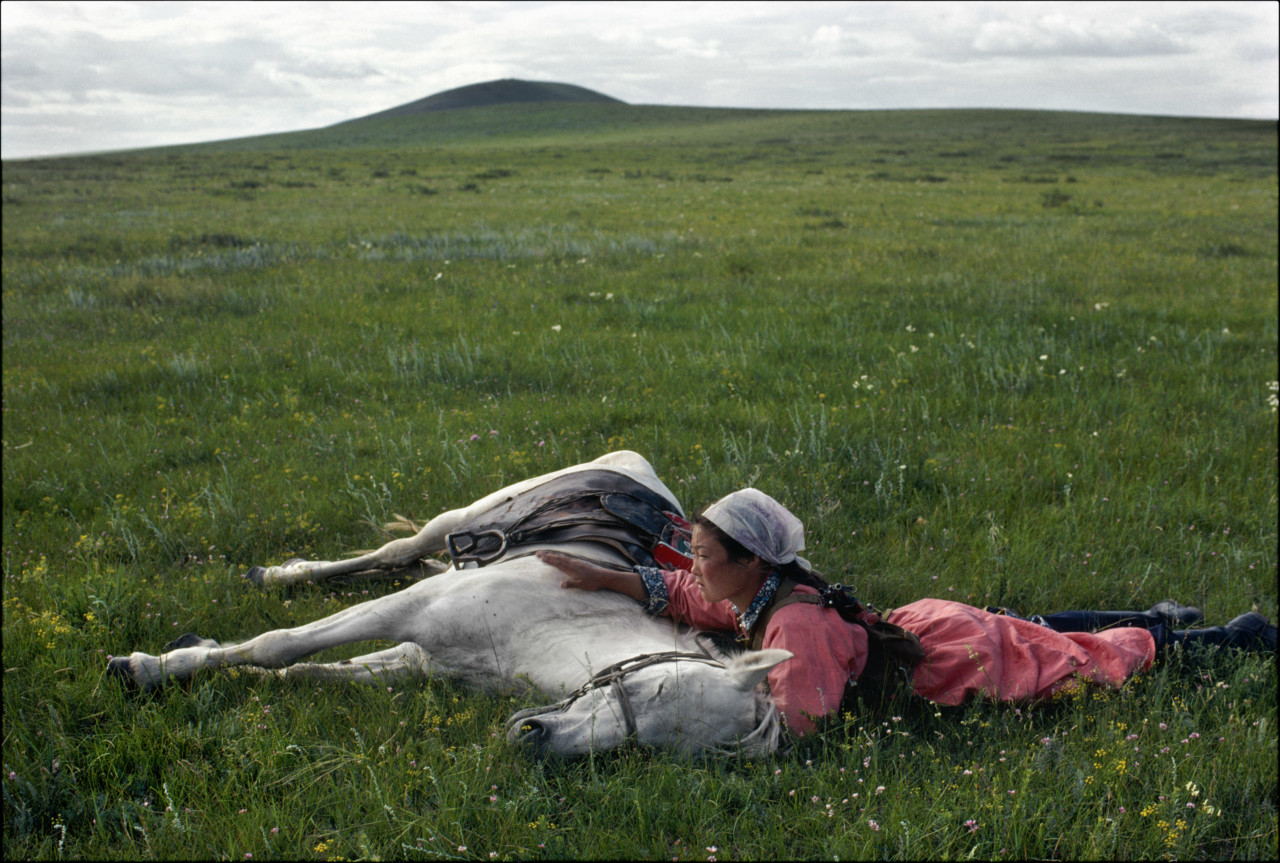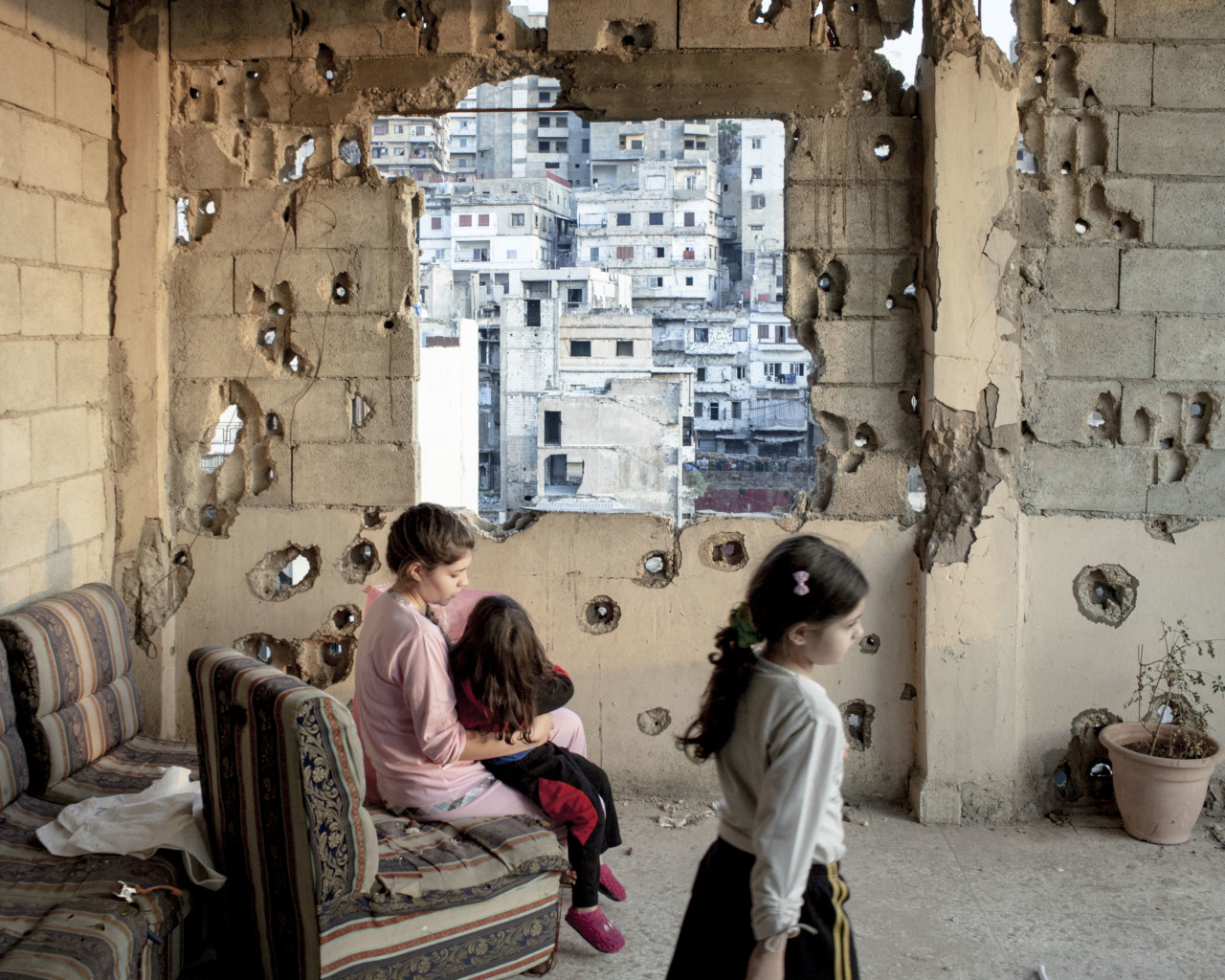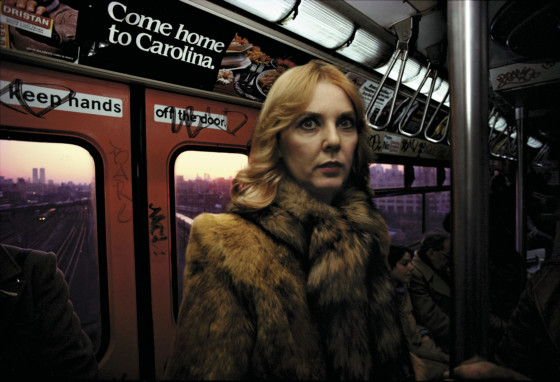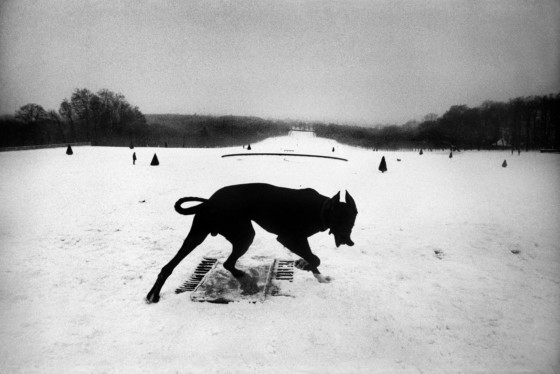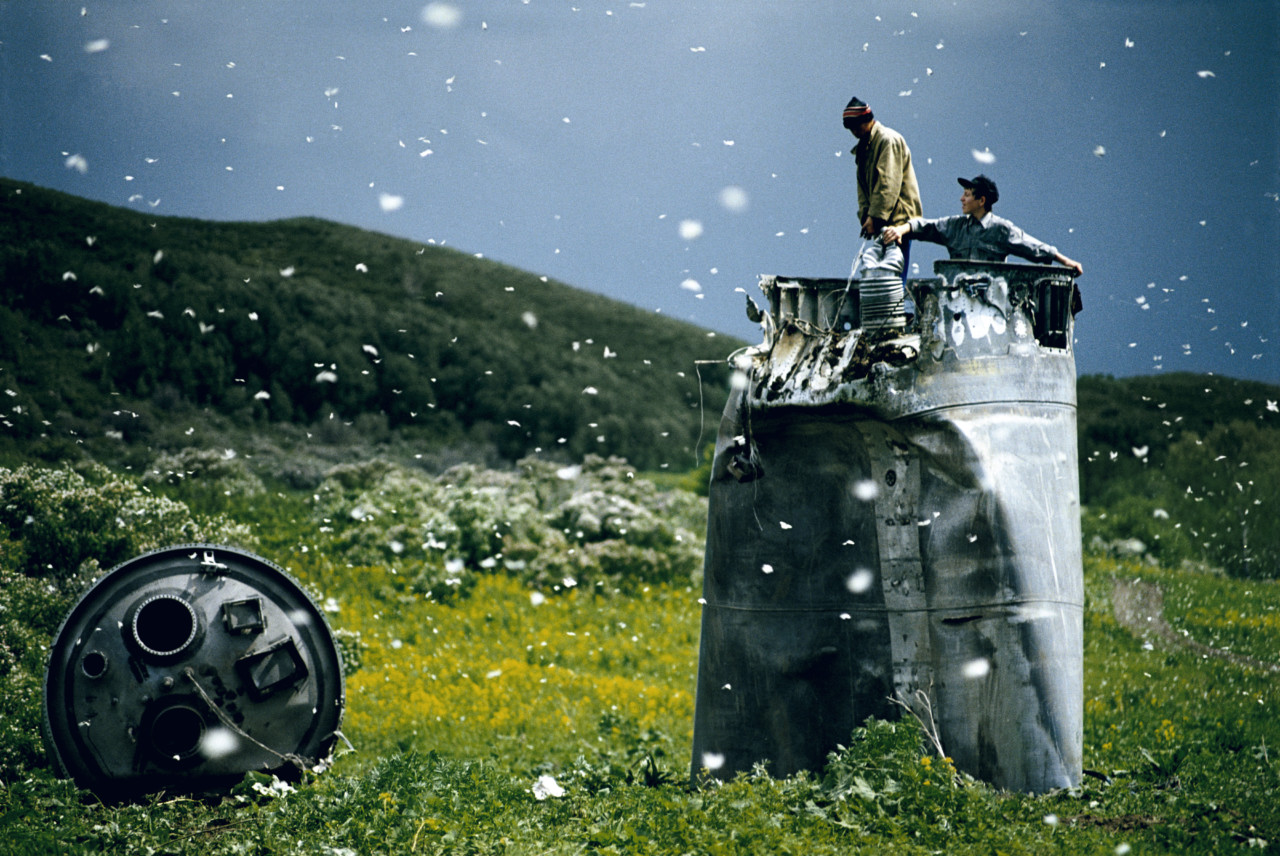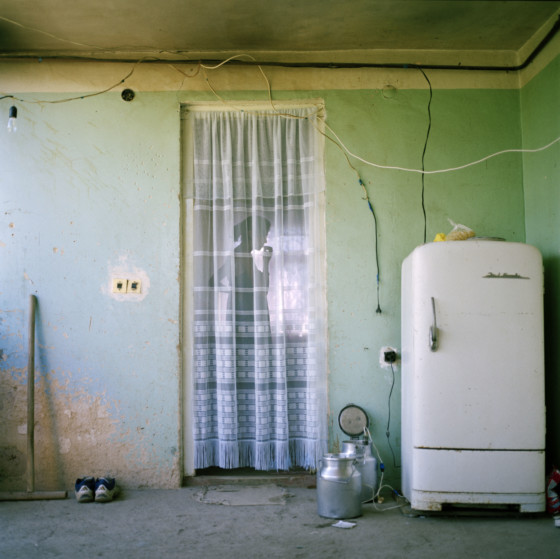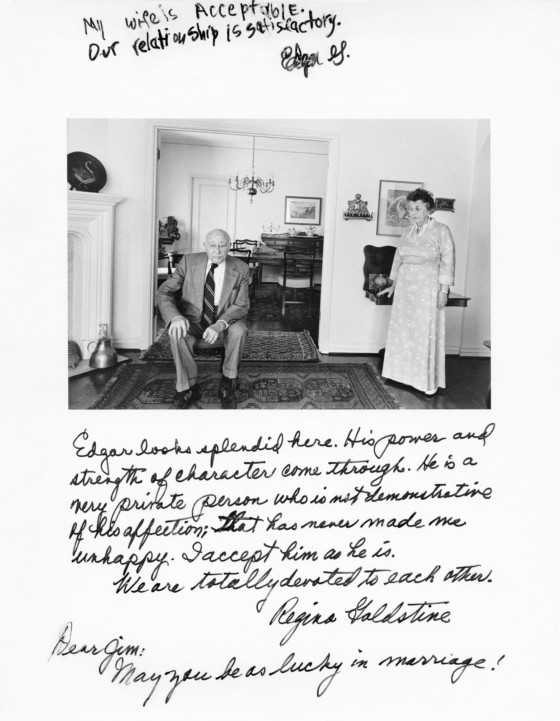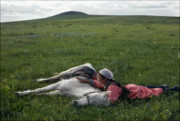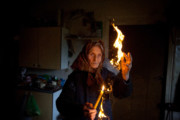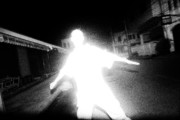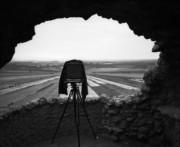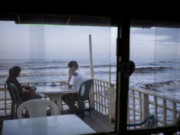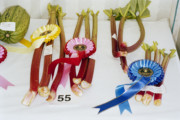Big Screens and a Nonconformist Streak: Advice from a Photo Editor
In our new series, Photography Insiders, Magnum profiles industry experts who share their insights and inspirations. Here, Alexia Singh reveals the secrets of photo editing and shares her picks from the Magnum archive
To launch our new Photography Insiders series, we spoke to Alexia Singh, a guest speaker at the recent Magnum and BJP Professional Practice workshop “The A-Z of Editorial Photography” in London.
Alexia Singh is a content director and photo editor with 20 years experience in news and media. During that time, she has worked on assignments from the Olympics to the Oscars and has edited a variety of books and exhibitions. Alexia worked for Reuters for 18 years – first as Assignment Editor then Head of the Magazine Desk before being appointed Editor-in-Charge of Wider Image – managing teams of editors and photographers to produce multimedia stories across digital platforms, apps and the newswire. Alexia currently works for Save the Children directing film and photography covering the plight of refugees in the Mediterranean.
How did you start working in photography?
I applied for a job as a receptionist at a sports photo agency and wrote an impassioned three-page letter explaining why I loved photography so much. Despite the fact that during the interview my letter was on the desk covered in corrections in red ink, they offered me a job in sales and marketing. I was then lucky enough to get a job at Reuters as an assignment editor – I had zero experience but the chief photographer was a bit of a maverick and liked the fact that I had run a sound system and put on club nights when I was younger! He thought it showed a nonconformist, entrepreneurial streak that appealed to him so he gave me some freelance work.
What is the best part of your job?
Right now what I’m enjoying most is producing films – sitting in the edit suite and wrangling content into shape, choosing music, finding the right sound bite, working on the narrative structure. It’s like putting together a puzzle and I love the creative possibilities of working with video. I also love working with photographers – particularly while they are in the field – and helping them develop stories.
Is there anything you do on a regular basis to make your job easier?
I use the biggest and best screen I can get my hands on when I’m editing pictures, and comfortable headphones are a must in the edit suite! I’m currently taking more inspiration from studying storytelling techniques than from looking at pictures. I’m reading Into the Woods: How stories work and why we tell them by John Yorke and finding it fascinating and listening to lots of podcasts with directors, writers and interviewers.
How do you go about conceptualising, commissioning and selecting the right photos for a story?
I’ll normally have a vision of how I want the story to look as soon as the idea has been pitched. But you have to be prepared to let go of that and change your approach if it doesn’t work out. Selecting the right photos is probably the easiest part, although finding the key/hero/cover image can be agonising. The platform you are publishing to will dictate the edit to a large degree, or at least it should. If your pictures will run as a slideshow, then the flow and sequence from image to image is key. If they are going to be laid out on a page, around text and other media, you need to think about storytelling images, variety, portraits and know the angle of the story. When trying to conceptualise a story, I really enjoy collaborating with trusted colleagues.
Other than having a good eye, what other skills have been key to getting you where you are today?
Early on my career I said ‘yes’ to anything that was asked of me – everything from licking stamps to editing a football match. I made myself useful to have around. I got on with people and tried to learn as much as I could. I really enjoy working in a hectic environment with multiple, competing demands, which meant I thrived in a newsroom. I guess the other qualities that help in this world are the ability to come up with good ideas, think creatively and to cut through a lot crap and get things done.
Do you have an all time favourite body of work or photographer?
I remember seeing Jacob Aue Sobol present his work Sabine at the World Press Photo awards in 2000 and being completely blown away by it – the quality of the photography but also the fearlessness of this young man travelling alone into the freezing wilds of Greenland to live with a tribe, fully immersing himself in their life and culture. When he started his presentation I thought that it was a stunning exploration of nature and culture, but then he talked about falling in love with Sabine and it turned into this beautiful and wonderfully honest love story. The whole body of work is extraordinary on so many levels and it still takes my breath away today. I loved the way Jacob bared his soul and was so completely fearless in his approach.
JH Engstrom and Anders Petersen’s From Back Home is another all-time favourite body of work. I saw it first at as an exhibition at Agence Vu’s gallery during Paris Photo. It’s wildly imaginative, technically daring and accomplished and weaves together two styles and visions to create a darkly poetic look at rural Sweden. It’s sexy, mysterious and haunting – moving from portraits to landscapes to Polaroids – and it’s an exhilarating ride.
Can you pinpoint anything in particular that immediately attracts you to a photographer’s work? Or, alternatively, anything that immediately turns you off?
I like photographers with originality in their approach and with a story to tell. And I like to see evidence of the hard work and research that this entails. I want them to have taken time to think about what they are trying to say. Your pictures need to communicate something – an idea, an emotion, a story. Without this your work will be meaningless no matter how technically good it is.
What was the best part of the Professional Practice workshop for you?
The group portfolio reviews were fun. And it’s always great to listen to what other professionals – like Emma Bowkett, Hamish Crooks and Diana Markosian – have to say.
The next Professional Practice Workshop ‘Storytelling, Collaboration and Advocacy: Working on photographic projects for the greater social good’ is scheduled for Feb 4th and 5th 2017.


